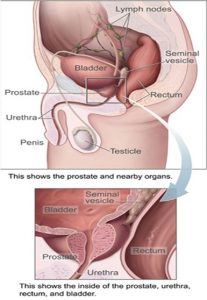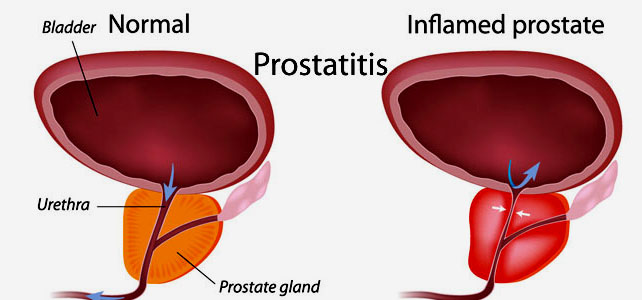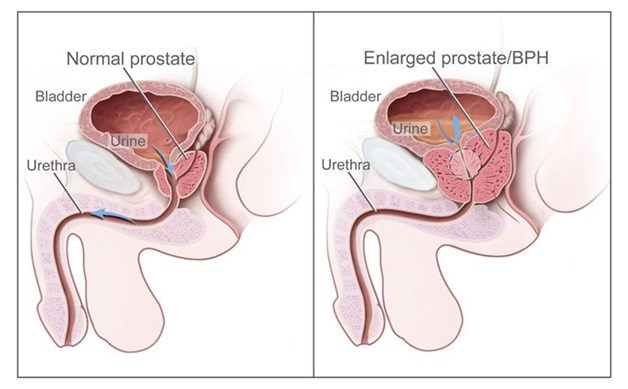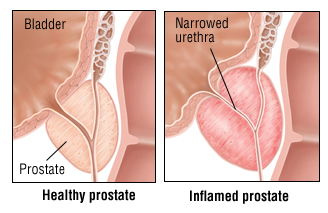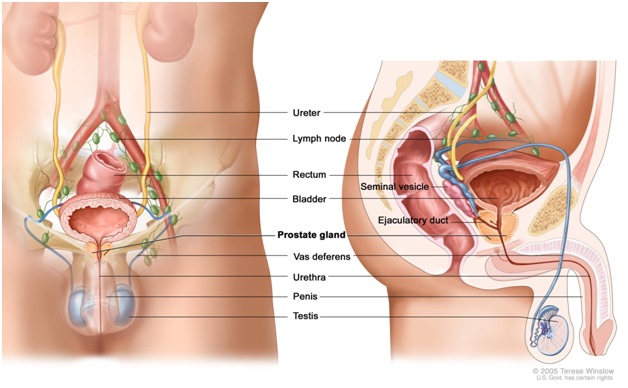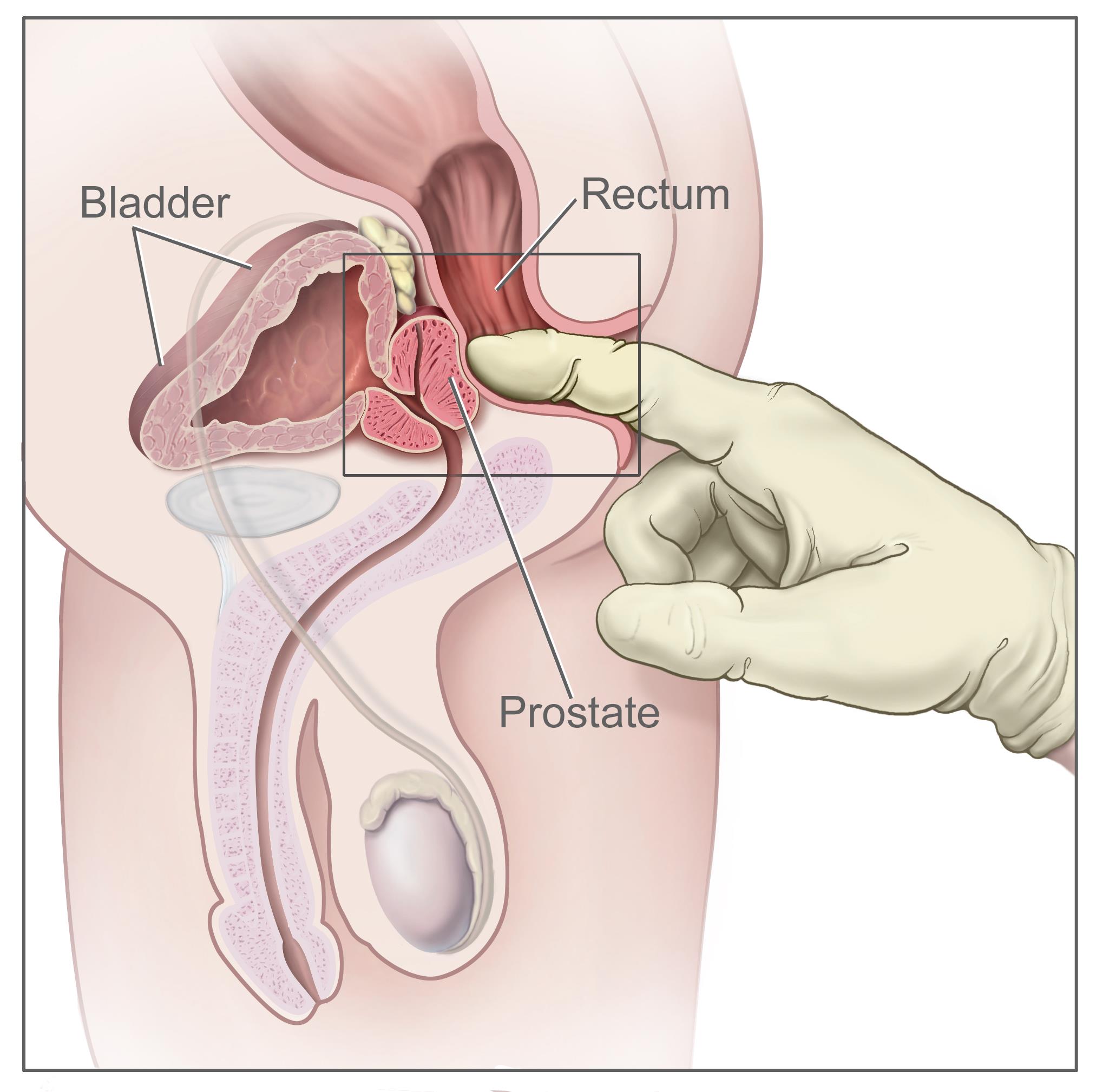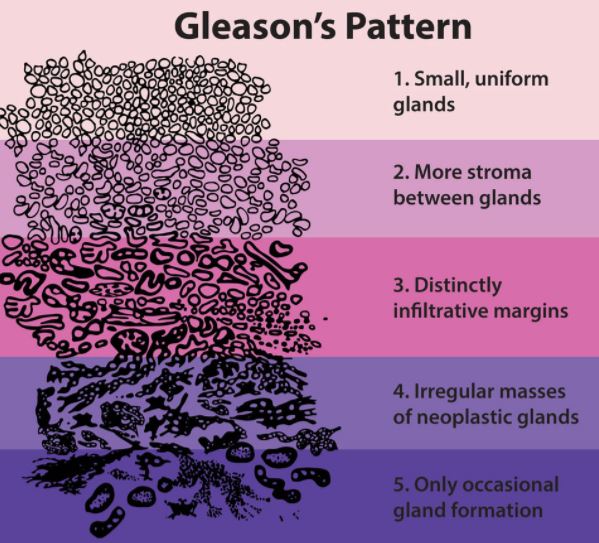Symptoms of Enlarged Prostate
The prostate is a masculine gland that plays vital functions specifically for sexual essence. An analogue of the male prostate in female is the skene’s or paraurethral gland. The male prostate is very unique. In normal form, the prostate weighs about 11 grams. The weight can also range from 7 to 16 grams. The walnut sized gland may enlarge to a number of times its size. Pains, discomfort and urinary issues are some of the major symptoms of enlarged prostate.
The prostate is strategically positioned beneath the bladder, beside the seminal vesicle and surrounding the urethra. This positioning is highly related to its function. Basically, it secretes a slightly alkaline fluid which could be milky or white in color. This fluid constitutes about 30% of the human semen, making the semen alkaline. The vaginal tract is acidic and this acidity can destroy the sperm or shorten its lifespan. However, this acidity is neutralized by the alkalinity of the semen.
Why Does the Prostate Enlarge?
Unfortunately, prostate enlargement happens as men age; this condition is known as benign prostatic hyperplasia (BPH). Symptoms of enlarged prostate occur in most men above fifty as a consequence of aging. The major cause of this condition is changes in hormone balance and in cell growth. The male sex hormone, testosterone, and dihydrotestosterone (DHT) play a vital role in the enlargement of the prostate. Testosterone and its metabolite cause the growth and proliferation of the prostate. These hormones act on the prostate and can cause it to grow from a walnut sized gland to a grapefruit-sized gland. Prostate enlargement is a very serious medical condition that often has a lot of symptoms. The symptoms of enlarged prostate could range from mild to severe. Usually, the symptoms include frequency in urination, urination urgency, difficulty in urination and in some cases it may be impossible for the sufferer to urinate.
Symptoms of Enlarged Prostate
Frequency and hesitancy are the primary symptoms of enlarged prostate. The size of the prostate may not be directly proportional to its symptoms but if the prostate grows too large, there is a tendency that the urinary tract or urethra may be constricted and urination would be difficult or painful. This could grow to an extreme stage that it becomes impossible to urinate at such stage, surgery and several treatment processes may be recommended. However, it is important to take care of your prostate health early enough but if the condition escalates, natural remedies such as prostate food supplements and prostate massage therapies may help in relieving the condition.
Some of the symptoms of enlarged prostate may also occur with other forms of prostate conditions such as prostatitis or prostate cancer. Thus, when the symptoms are noticed, it is often necessary to consult a urologist for diagnosis to find out the actual condition in place. When the prostate enlarges, the following symptoms may occur:
- The sufferer may have difficulty urinating or in some cases, he may be unable to urinate. This symptom is often known as urinary retention.
- Urine may dribble at the tail end of the penis after urination.
- It may be increasingly difficult for the sufferer to completely empty his bladder after urination.
- It may also be difficult to keep urine from leaking out of the urinary tract. This condition is known as a bladder or urinary incontinence. Urinary incontinence may further be classified as stress incontinence (when it occurs during activities and exercises), urge incontinence (when it occurs due to the sudden need to urinate), overflow incontinence (the bladder cannot empty), mixed incontinence and bowel incontinence.
- Urination becomes a burden. The sufferer may strain in order to urinate.
- Increased frequency of urination is one of the commonest symptoms of enlarged prostate. The number of times the sufferer might need to urinate may range from 2 and above.
- Not only does the suffer strain to urinate but he may have pains and discomfort when urinating. In some cases, especially when infection is involved, there might be blood in the urine.
- The urinary stream may be weak or slow and it may be difficult to start the urinary process.
- The urge to urinate would grow stronger. As a matter of fact, the urge could come suddenly and even when not expected, therefore resulting in increased frequency of urination.
What to Do When You Notice the Symptoms
You don’t necessarily need to notice the symptoms to take actions. The best bet is always taking care of your prostate health early enough. The prostate health can be improved in a number of ways. Some of the most common activities that can improve your prostate health include sex, healthy prostate diets, regular exercise (especially those that can help improve prostate health), visiting the doctor and keeping yourself warm.
However, when you notice these symptoms of enlarged prostate, you need to consult your urologist for an adequate medical checkup. The urologist may conduct a digital rectal exam in order to examine your prostate gland, its urine flow rate, and so forth and he may also ask for your medical history. With the data obtained, he will determine the condition in vogue. Usually, the urologist may recommend a number of treatment processes that can help relieve the condition. Minimally invasive methods may be recommended and in cases where the prostate has extremely enlarged, surgery may be recommended.
However, you can also treat prostate enlargement with natural procedures and supplements that have been tested and proven. Several prostate food supplements have been used since prehistoric times to treat prostate infections and enlargement. These supplements are very effective and with consistent use will without any side effect attached. You can also opt for prostate massage therapy, a proven technique that can treat enlarged prostate by removing excess fluid. Prostate massage therapy can also be used in treating erectile dysfunction and this makes it a very viable option.
Interestingly, the two methods can be used together without any side effects to treat symptoms of enlarged prostate and even prostatitis fast and effectively.

